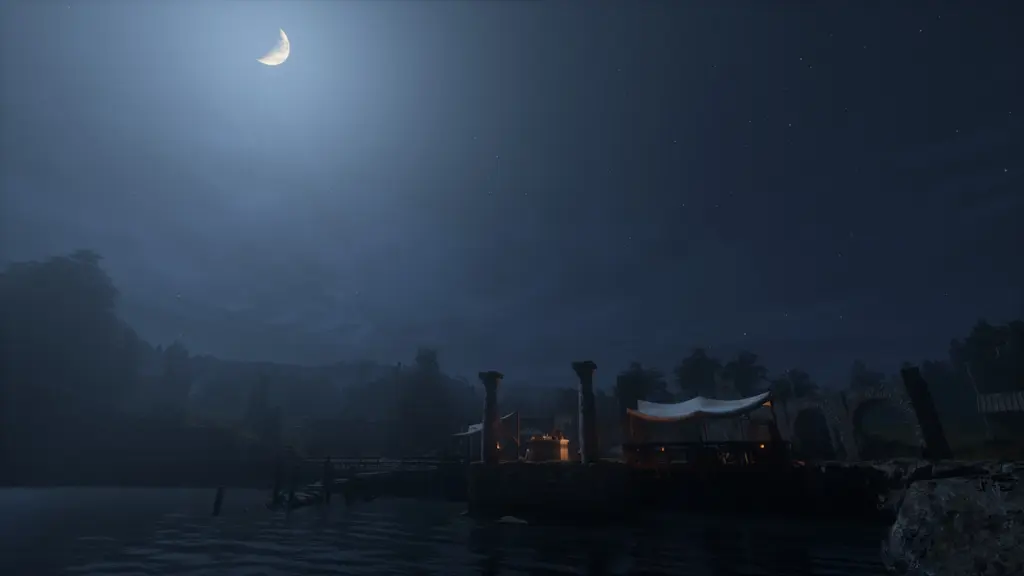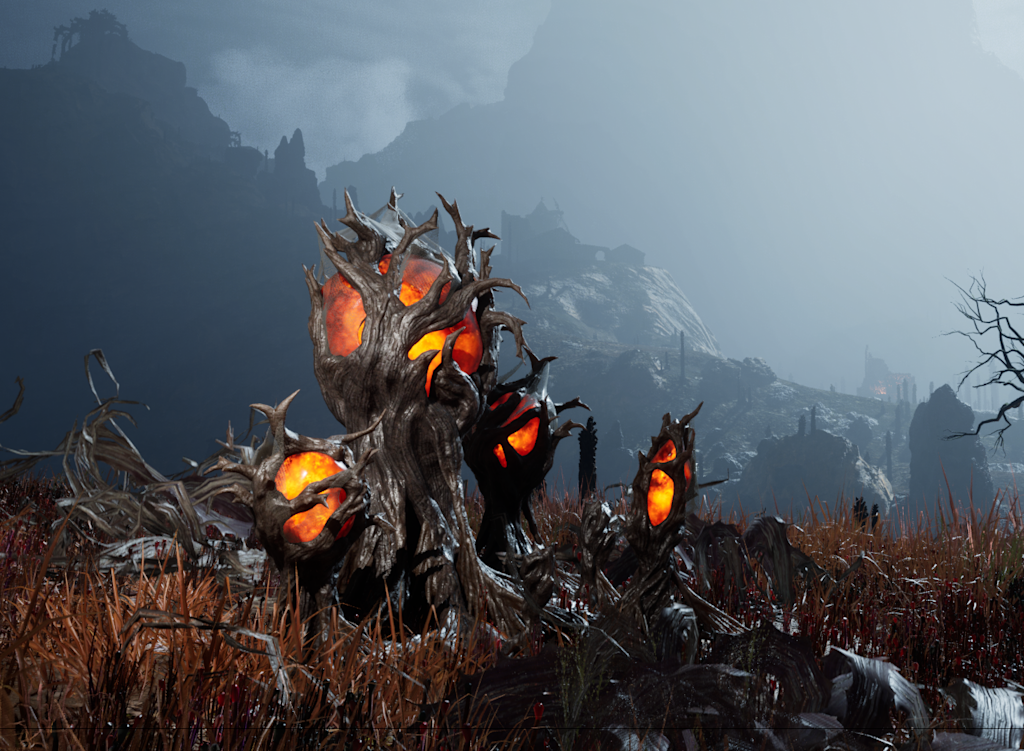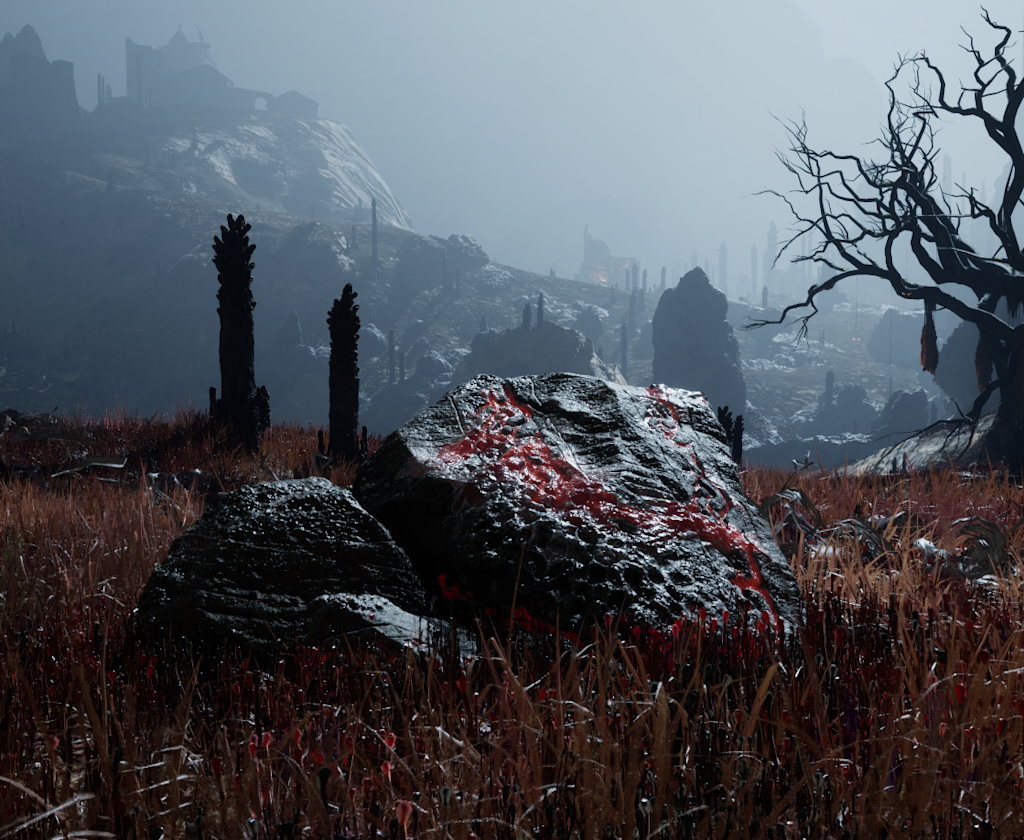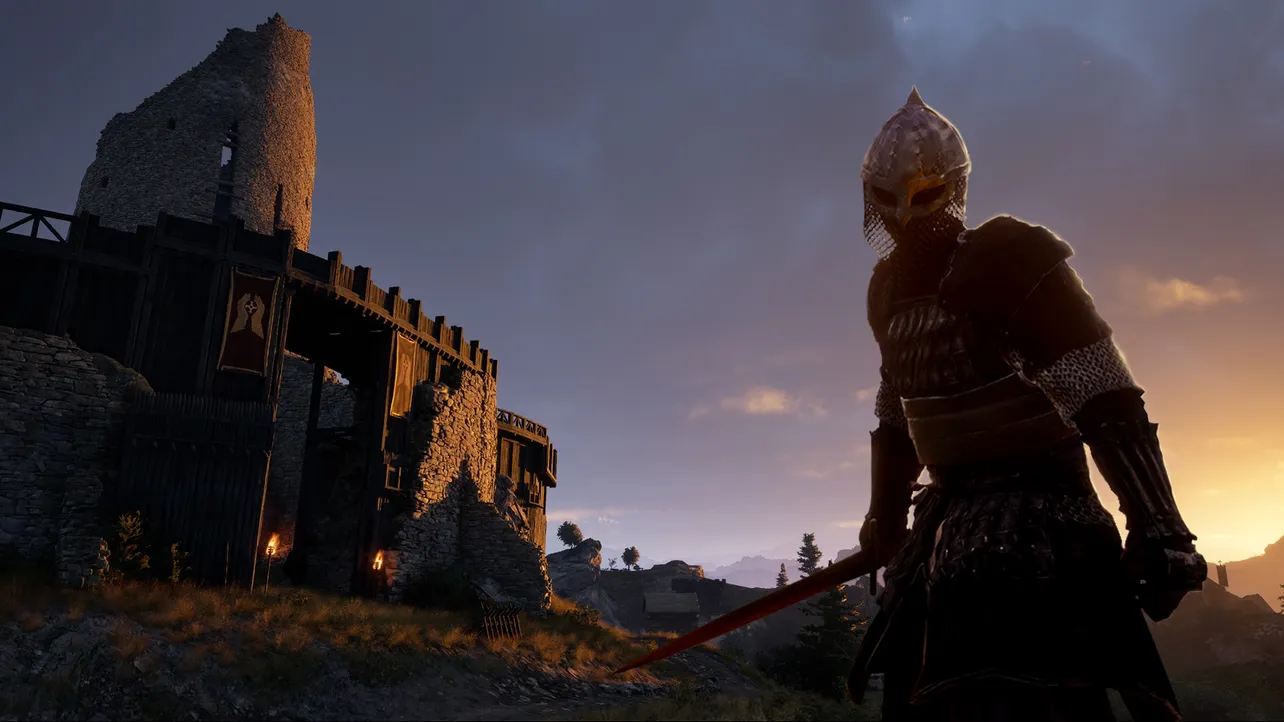Pax Dei is reworking PvP around a simple premise: make conflict a choice, but let it matter. The update roadmap starts with a larger Lyonesse in Verse 4 and then layers in seasonal land claims, feudal politics, and economic hubs. Here’s how it fits together and what you can act on now.
PvP availability today (and the Pax Dei boundary)
Player combat is opt-in. At present, the Home Valleys and the Wildlands are protected by Pax Dei—no PvP there—while Lyonesse is the PvP-enabled region with no protection. The long-term goal is to let players influence where Pax Dei applies through in-game systems, instead of having the boundary be static.

Verse 4: a larger Lyonesse with higher stakes and new loot
Lyonesse expands to a 10×10 km playfield divided into five zones: four corner regions with entry portals and a central zone that’s markedly more dangerous. All five include PvE sites; the middle is where both risk and rewards peak.
Each corner zone contains a Petra Dei—a protected service hub with storage and crafting. These safe pockets are designed as staging points for runs deeper into the map, balancing extraction gameplay with real risk.
Two region-exclusive materials arrive with the overhaul:
- Ambergrasp
- Canonite
Refined through Alchemy and Jewelcrafting into Sanctified Oil, these enable a permanent Enchant that boosts an item’s Item Power by up to 125. You can find the raw resources in the environment, but they drop primarily from Lyonesse NPCs, with the most lucrative drops concentrated in the central zone.


Seasons and land claims in Lyonesse
Post–Verse 4, Lyonesse moves to seasonal rulesets. The first season is targeted to last around six months. Clans will be able to claim limited land slots in Lyonesse and place buildable plots within those territories. Plot placement there is restricted to clan members, mirroring Heartlands building but gated by ownership.
Claims won’t be free. Capturing and maintaining a slot will require a new (unnamed) resource for initial claim and ongoing upkeep. This creates a push-pull economy where holding land has a cost, and losing it opens space for rivals.
Feudal Houses, alliances, and war declarations
Land control is expected to flow through Feudal Houses. Knights can swear fealty to form larger alliances, which unifies PvP flagging for all members. Houses may gain tools to project a sphere of influence outside Lyonesse—including taxation rights in those areas. Declaring war would then extend PvP flagging to those areas outside Lyonesse for the duration of the conflict.
This structure is meant to support different roles: rulers, military leaders, and support players, with the option for a leader who rarely sets foot on the battlefield if that’s how the group plays.
Market Towns and Parishes: safe hubs and religious power
Areas around the Petrae Dei (plural of Petra Dei) become Market Towns. These remain safe harbors inside Lyonesse and include buildable plots—but instead of fighting for them, players bid gold. The intent is to establish central trading hubs and rework movement and transport around them over time (details pending).
Parishes let allied players empower a Priest to stockpile Grace in large amounts. That unlocks very expensive Miracles and the ability to use Altars to control Pax Dei—protecting claimed Lyonesse sites from PvP. Priests may also gain the right to appoint new Positions of Power within Feudal Houses.
The role of PvP in the broader game
PvP won’t be mandatory, but it’s positioned as a primary driver for the living economy: territory fights, sieges, and logistics create demand for crafting, gathering, transport, and trade. The design goal is a loop where destruction fuels production, giving crafters and merchants meaningful, sustained demand.
That loop depends on movement between regions. Trade linking Lyonesse with the Home Valleys is expected to be essential, even for players who never flag for PvP.
What’s live vs. what’s next
| Feature | What it changes | When | Player impact |
|---|---|---|---|
| Lyonesse map expansion | 10×10 km, five zones; corner portals; central high-danger area; Petra Dei safe hubs | Verse 4 | More room for extraction runs and ambushes; safer staging via Petra Dei |
| Exclusive materials | Ambergrasp and Canonite drop primarily from Lyonesse NPCs; best drops in the center | Verse 4 | Targeted PvE/PvP loops in high-risk areas |
| Sanctified Oil Enchant | Permanent Item Power increase up to +125 on any gear (crafted via Alchemy/Jewelcrafting) | Verse 4 | Strong incentive to farm and extract; boosts gear progression |
| Seasons in Lyonesse | Rotating rulesets; first season likely ~6 months | Post–Verse 4 | Fresh strategic metas; periodic resets of territorial control |
| Clan land claims | Limited claim slots; clan-only plots; claim/upkeep costs via a new resource | Post–Verse 4 | Structured competition for space; clearer incentives for offense/defense |
| Feudal Houses and alliances | Knights, fealty chains, unified PvP flagging; potential influence outside Lyonesse | Planned | Organized politics; war declarations extend PvP beyond Lyonesse during conflict |
| Market Towns | Safe harbors around Petrae Dei; plots awarded via gold bidding | Planned | Economic competition path; trading hub focus |
| Parishes and Altars | Alliances power up Priests to gather Grace, cast costly Miracles, and control Pax Dei locally | Planned | Religious systems that can secure claimed sites from PvP |
How to prepare right now
- Skill into Alchemy and Jewelcrafting. You’ll need both to refine Ambergrasp and Canonite into Sanctified Oil.
- Plan extraction routes. The richest drops sit in central Lyonesse; use Petra Dei in the corners as safe staging with storage and crafting.
- Coordinate with your clan. Land claims will be limited and require upkeep; start aligning roles and resources early.
Note: Design specifics for seasons, claims, and transport may shift as the systems come online, but the broad structure and incentives are set.
A small lore anchor for Lyonesse
Lyonesse’s valleys pull from Arthurian legends: Avalon, Brecilien, Karrek, and Corbin. Once enchanted and vibrant, they’re now war-scarred and corrupted—fitting ground for a mode that weaves myth, politics, and risk into a single map.
The new PvP era begins with a bigger Lyonesse and permanent Enchanting that puts real value on successful extractions. Seasons, Feudal Houses, Market Towns, and Parishes arrive next to turn territory control into a long game—one that rewards organization as much as individual skill.

